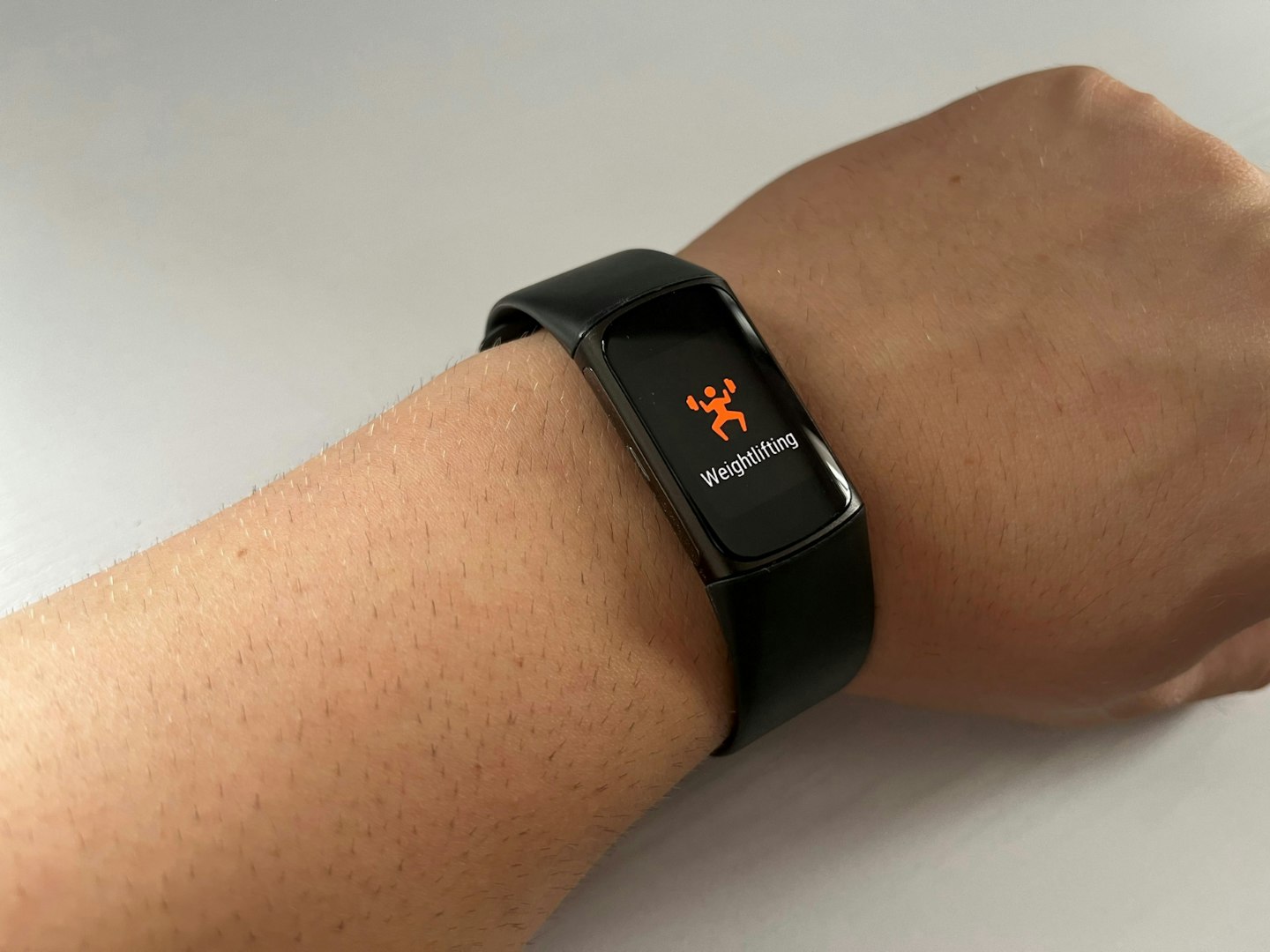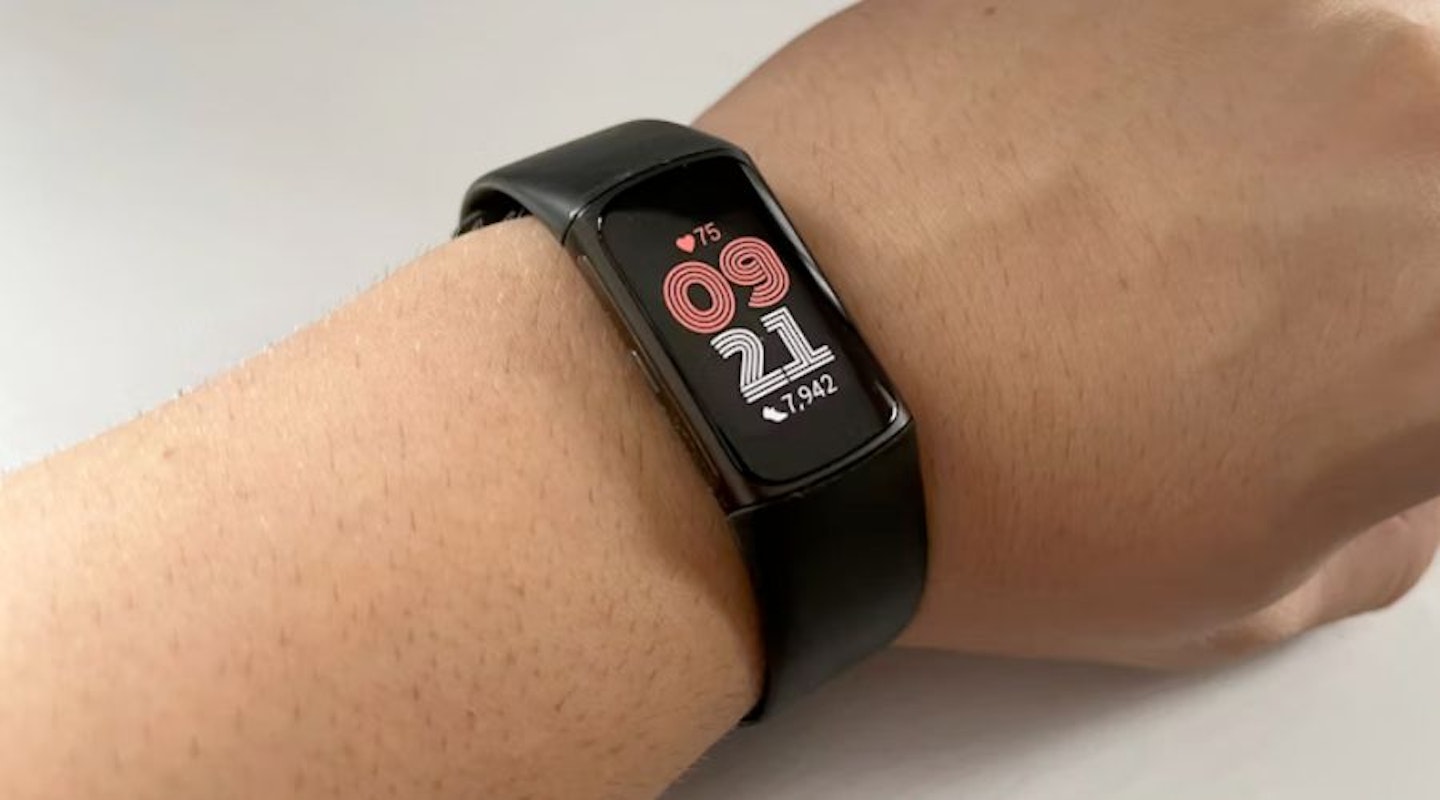The Apple Watch Series 10 is the newest in Apple’s enormously successful lineup of smartwatches. By now, there’s likely very few people who don’t know what an Apple Watch is. First launched back in 2015, the Apple Watch is the most popular smartwatch in the world. Each year, a new model builds on earlier generations, adding new features that help to keep it at the top of the pile. As well as being one of the best smartwatches, the Apple Watch is also an excellent fitness tracker.
At first glance, you’d be forgiven for thinking the Series 10 is basically the same as the Series 9. But look a little more carefully, and you’ll notice some small but significant changes. Incremental improvements that add up to make this a fairly large upgrade over what’s come before.
The Series 10 continues to sit in between the cheaper Apple Watch SE (RRP from £219), and the more expensive Apple Watch Ultra 2 (RRP from £799). With a price starting from £399, the Series 10 is still a premium smartwatch. But does it do enough to justify the price tag?
Our Senior Tech Writer and Reviewer Steven Shaw reviewed the Apple Watch Series 10 for What’s The Best. After several weeks of testing, here’s how he got on with Apple’s newest smartwatch.
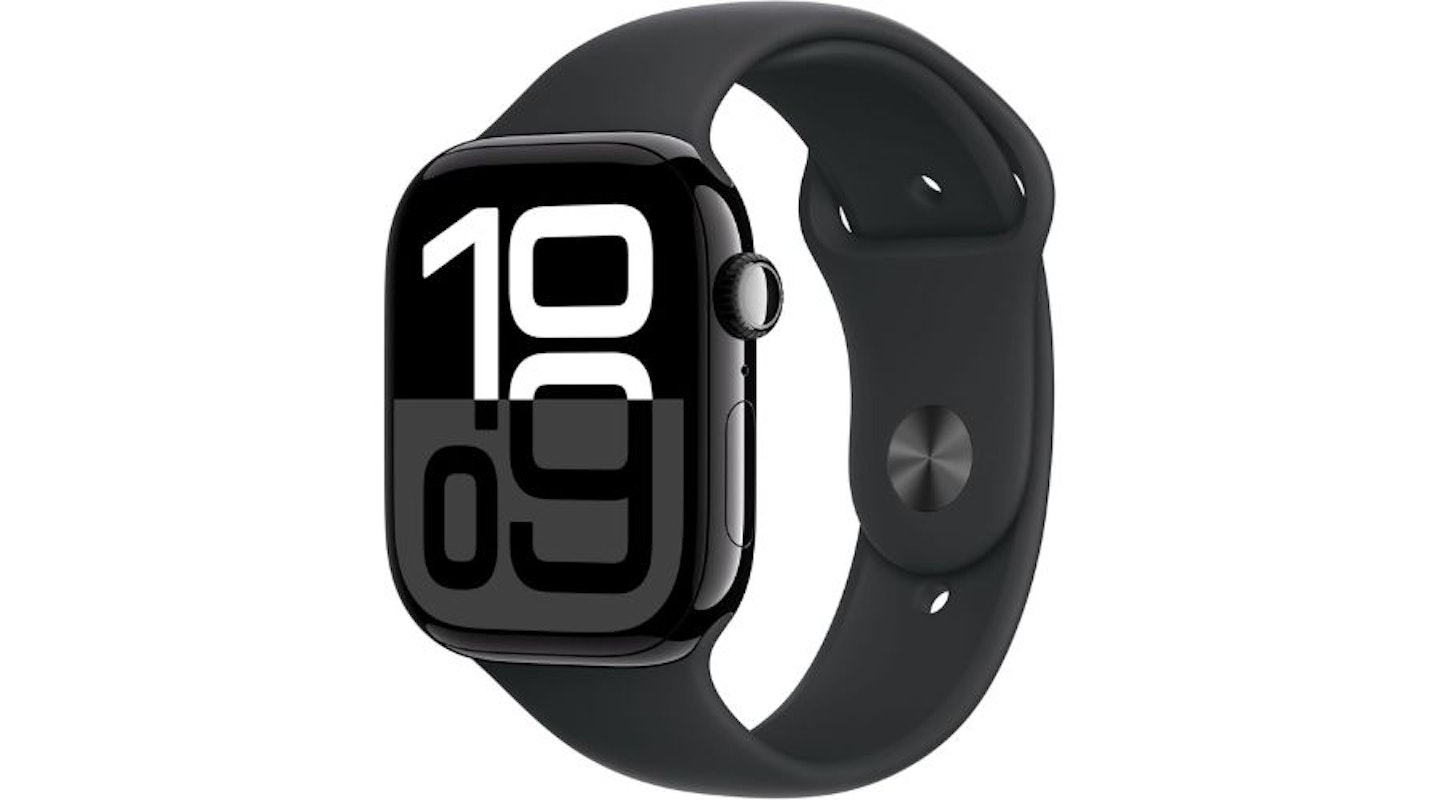 Apple
ApplePros
- Beautiful wide-angle screen
- Thinner and lighter despite increase in size
- Genuinely useful new features
Cons
- Battery life is still only around one day
| Display | 42mm (374 x 446 px) or 46mm (416 x 496 px) |
| Battery life | Up to 18 hours (36 hours in power saving mode) |
| GPS | GPS, GLONASS, Galileo, QZSS, Beidou |
| Water resistance | WR50 |
| Compatibility | iOS only |
| Dimensions | 42 x 36 x 9.7 mm / 46 x 39 x 9.7 mm |
| Weight | 29.3 (aluminium case) 34.4 grams (titanium case) - 42mm model / 35.3 (aluminium case) 41.7 grams (titanium case) - 46mm model |
The same, but different too

Apple has a clear design language, and the Series 10 isn't a massive departure from what's gone before. That being said, there are some significant differences between this watch, and its predecessors. In some ways, the updated design is the most impactful change compared to the Series 9.
As with previous generations, you get the familiar "squircle" design – a square with rounded edges. It's the typically polished finish we've come to expect from Apple. As usual, it comes in two sizes, but these are bigger than before. You can now choose between 42mm and 46mm, instead of 41mm and 45mm.
That may not sound like much, but Apple has also introduced a new wide-angle display, which stretches around the edges of the screen. The net effect is to make this the largest display yet on an Apple Watch – nearly 10 per cent bigger than the Series 9, and even three per cent larger than the Apple Watch Ultra 2.
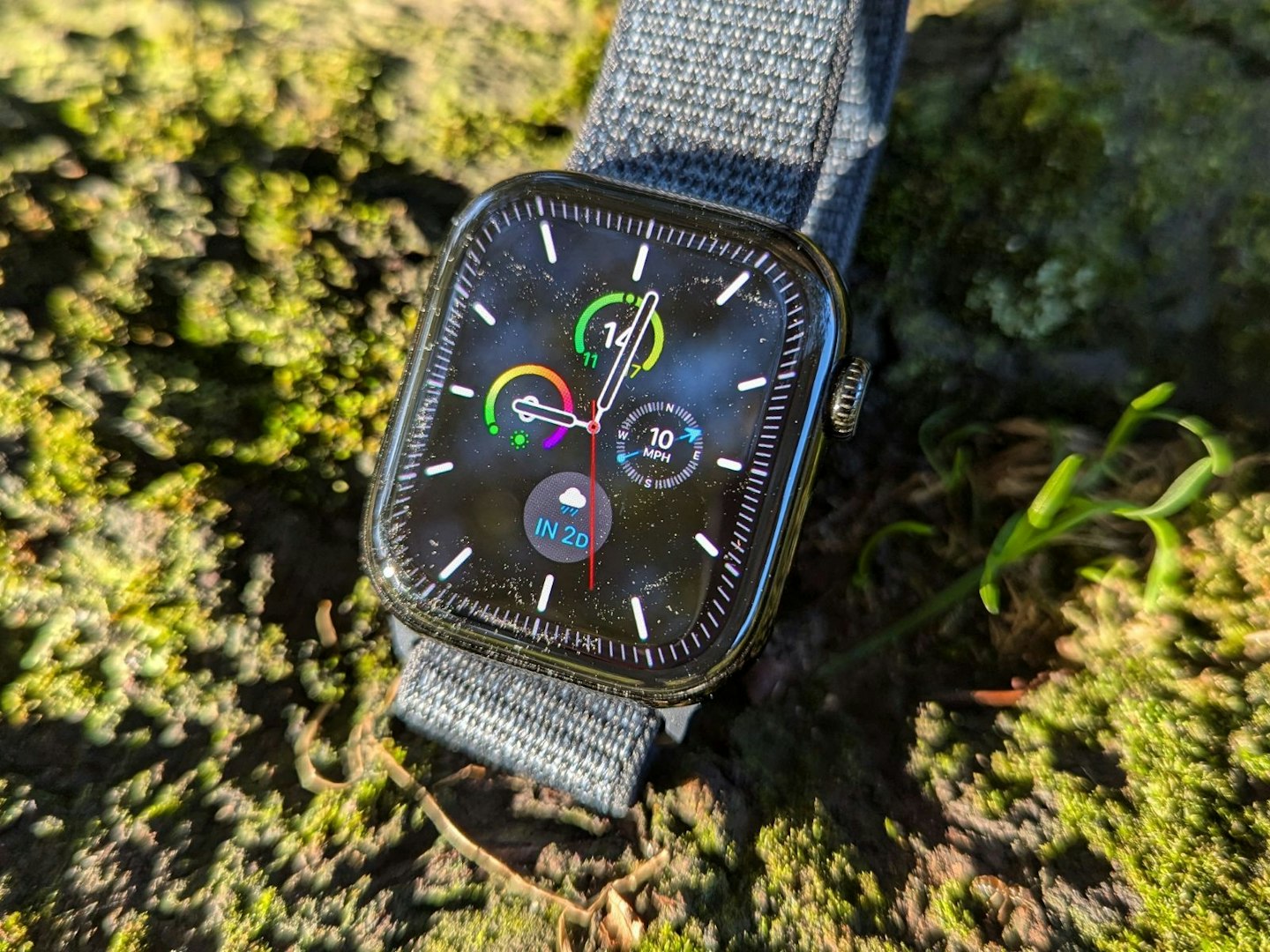
Remarkably, it's also 1mm thinner than its predecessor, and weighs less, too. Stainless steel has been replaced with polished titanium as an option, or you can stick with aluminium. You still benefit from IP6X dust rating, and WR50 water resistance – which is especially valuable for some of the new features Apple has introduced this year.
There's no denying that an Apple Watch is a beautiful device. The Apple Watch Series 10 though, is slimmer, lighter, and somehow bigger than before. It's an impressive achievement, and it's remarkable just what a difference it makes to how comfortable the watch is.
I'd say it's the most comfortable Apple Watch I've worn, and the screen is absolutely one of the best out there. The wide-angle OLED display is incredibly sharp, and the larger screen makes it noticeably easier to read content, or select icons on the typically excellent touchscreen.
There's also a small but significant tweak to the refresh rate of the screen. Using LTPO-3, the watch face now refreshes once a second, allowing things like the second hand to be displayed for the first time, meaning some nifty new watch faces. Finally, the new Jet Black finish on the watch that I've been testing is incredibly sleek.
Features
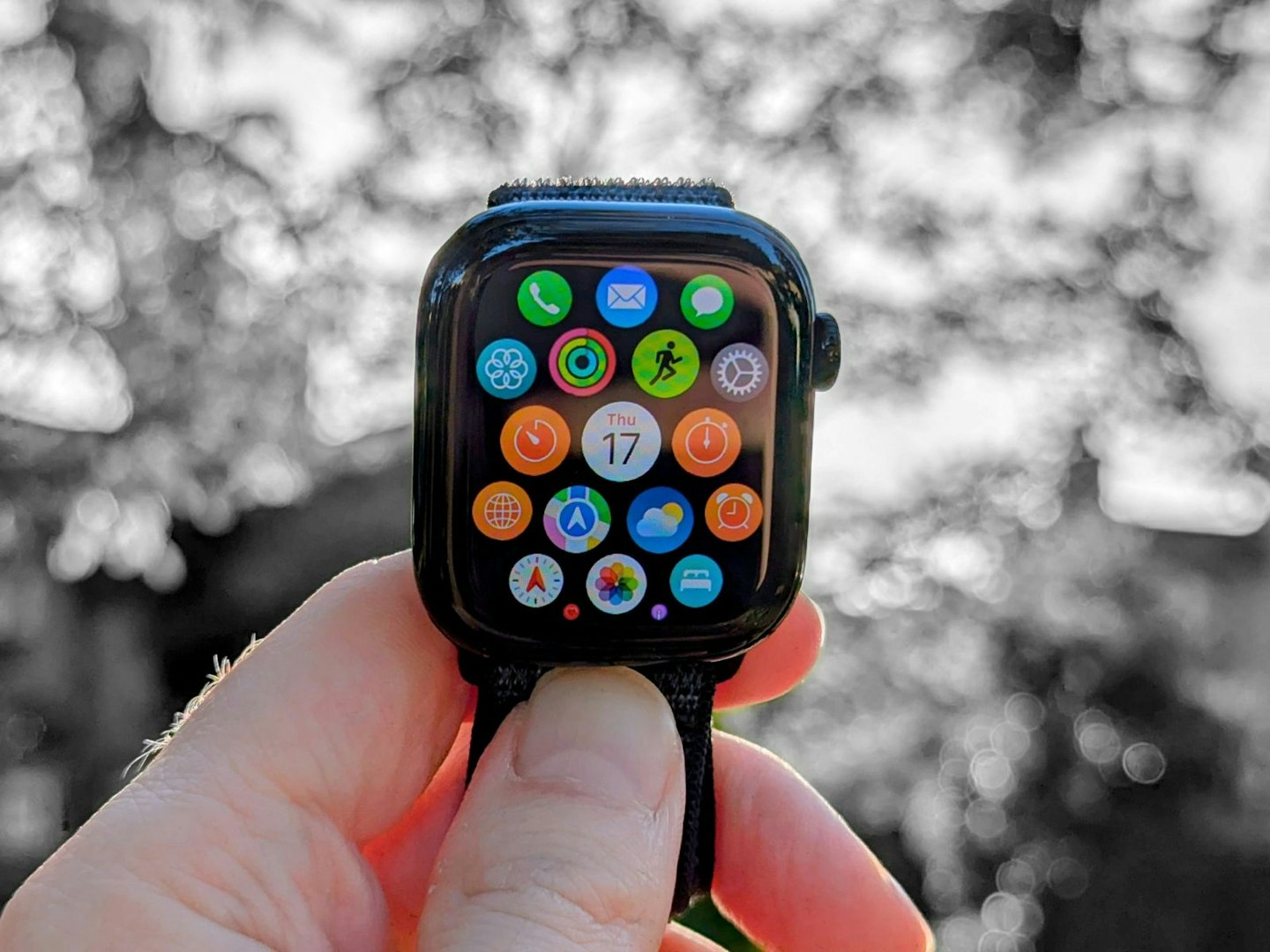
Apple Watches are consistently among the most feature packed "true" smartwatches out there. And with the Apple Watch Series 10, Apple has introduced some meaningful new features.
Sleep apnoea detection
Arguably the most important of these is Sleep Apnoea detection (it's also available on the Apple Watch Series 9 and Apple Watch Ultra 2 with WatchOS 11). The watch uses validated accelerometer-based breathing analysis to detect breathing disturbances. If there are sufficient interruptions across a 30-day period, you'll be notified on your wrist, with further insights available via the Health app. Of course, this isn't a definitive diagnosis. But it is a potential early warning, and a sign that you need to visit your Dr for further investigation.
Sleep apnoea is linked to a host of other health problems, including high blood pressure, type 2 diabetes, and heart disease. So having a device that can help identify sleep apnoea, could be genuinely lifesaving. While it won't be useful for everyone, those that it helps could benefit hugely.
The ring cycle

Anyone who has used an Apple Watch before will be familiar with what I might describe as the tyranny of the rings. If you've built up a streak of closing all your rings – move, exercise, and stand – and you're anything like me, it can become a little bit addictive trying to keep the streak going.
Previously, the streak didn't take into account things like injuries, or holidays, or illness, with all the implications of people feeling compelled to push their bodies further than they should. So, it's great to see Apple finally lets you adjust your settings. Now, you can pause your rings to incorporate those all-important rest days into your training schedule, for example, without breaking your streak.
You also get access to a Training Load tool, which is a feature you'd commonly find in the best Garmin watches, or devices such as the Polar Vantage V3, for instance. It's something I find incredibly helpful for showing the impact my training is having – whether that's maintaining my fitness, detraining, or overtraining. Anyone using this feature can then amend their training schedule to help meet their goals, and avoid injury.
Speaker's corner
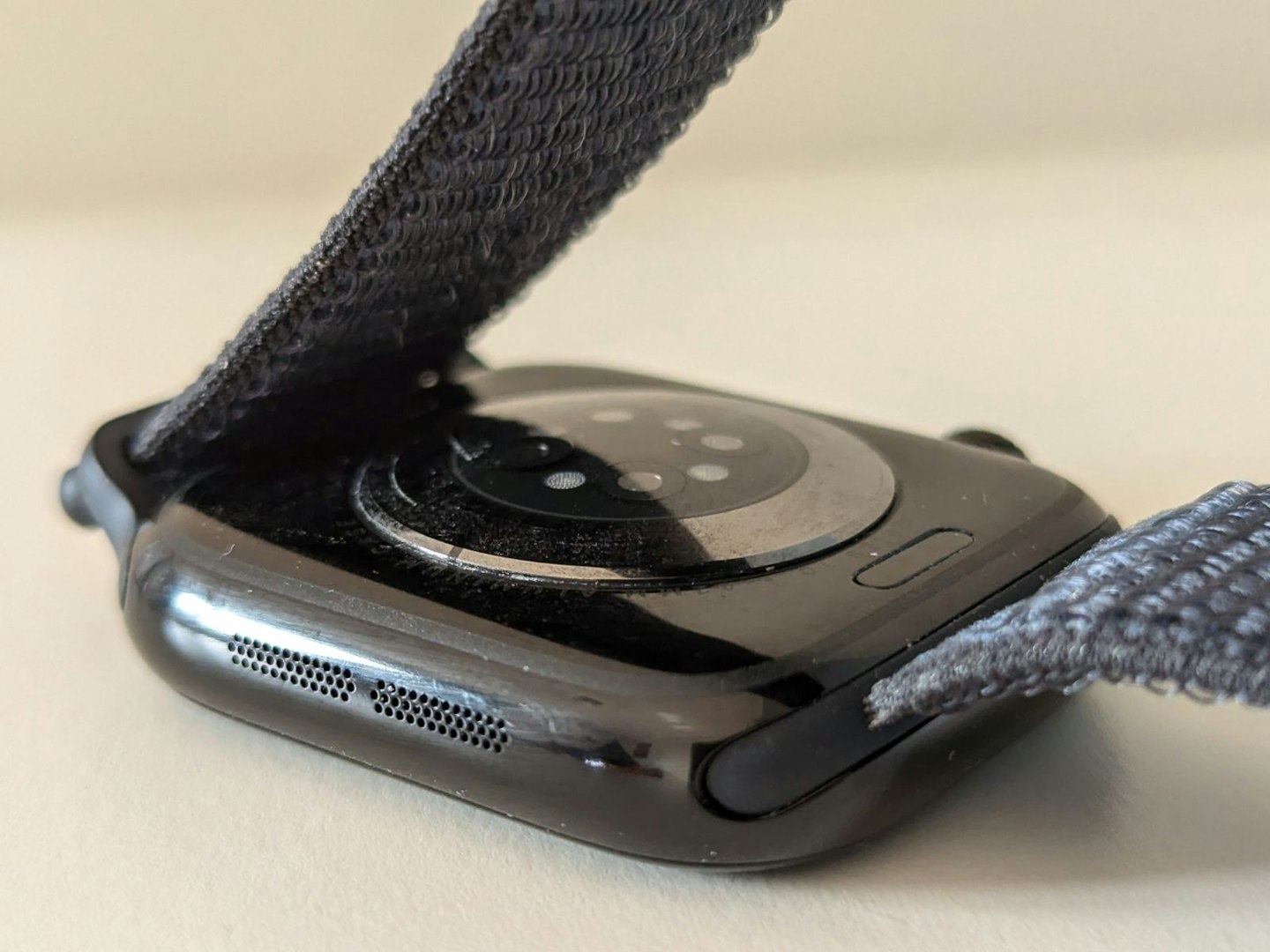
The appearance of an enlarged speaker on the left side of the watch means you can listen to music, podcasts and audiobooks through your Apple Watch. Of course, it can't match the performance of the best wireless earbuds. But it can be helpful if, say, you've been playing music in the car, and want to listen to the last two minutes of a song as you make your way into the house.
There are several other new tricks in the Apple Watch Series 10, including improved voice isolation during calls, an excellent translation app, and lots of new tools for anyone who enjoys watersports such as snorkelling. Altogether, it adds up to an impressive – and useful – set of additions to an already comprehensive smartwatch.
Performance
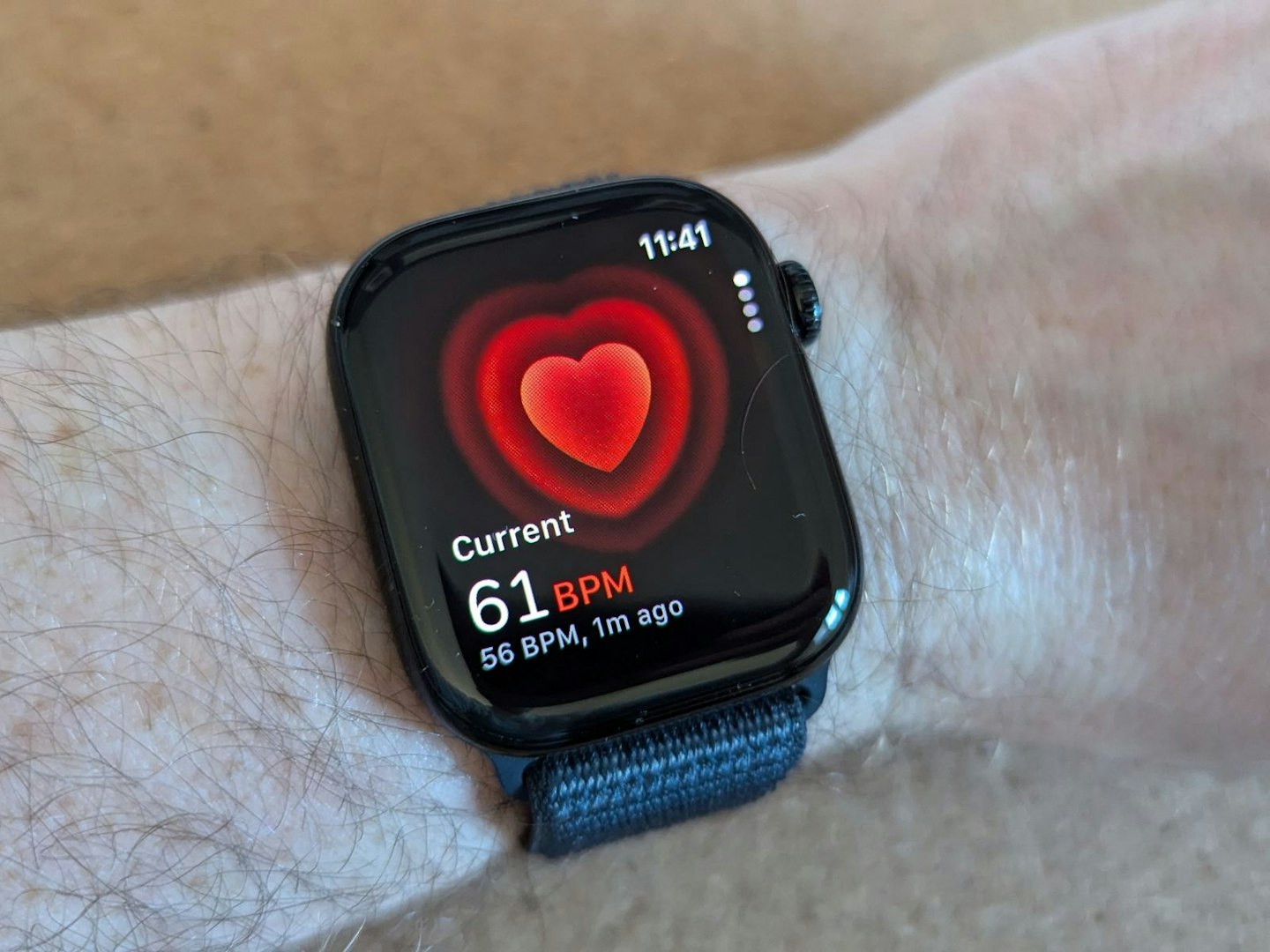
The general performance is exactly what you'd expect from an Apple Watch – quick, responsive, and very polished. The new S10 processor doesn't add any significant performance boost over the S9 chip in the Apple Watch Series 9. But I haven't experienced anything other than rapid responses to my inputs.
When it comes to tracking exercise and general activity, I was impressed by the Apple Watch Series 10. I wore the excellent Coros Vertix 2S so I could compare data between the two devices. And in general, they were extremely closely aligned with one another.
General activity
The Apple Watch Series 10 – worn on my dominant hand – typically counted a few more steps than the Coros watch. But the differences were small – less than 10 per cent when I was doing more than 20,000 steps.
Apple's estimate of my active calorie expenditure (energy used by moving around) was also very close to the Vertix 2S. Once again, the Series 10 estimated a marginally higher calorie burn, but on days where it estimated I'd burned 1000 calories, it was as little as 20 calories different to the Coros. These are small differences in the grand scheme of things, and crucially, they felt consistent from day-to-day. The biggest difference was, in fact, on a day where I was less active.
Exercise

Exercise tracking was similarly impressive. The Apple Watch Series 10 tracked calories almost identically to the Vertix 2S. Across four different cardio workouts of varying levels of intensity, the largest difference between the devices was 15 calories. The smallest difference was a mere two. Strength training was slightly more variable, with a difference of up to 30 calories – but this was still under 10 per cent.
Apple's heart-rate tracking is also impressive. I found average heart rates were typically within one or two beats per minute (BPM), while maximum heart rates were within four bpm of the Coros watch. One workout had a difference of 8 bpm, but this was an outlier.
I felt confident that I was getting a reliable reflection of what my heart was doing during these workouts. Higher intensity workouts were reflected in higher heart rate readings. While this is what you'd expect, it was reassuring that the data seemed to mirror my perceptions of how hard I was working.
GPS
For anyone who likes to go out for a run, walk, or bike ride, having accurate GPS can be important to successfully track what you've done. The Apple Watch Series 10 connects to L1 GPS, GNSS, Galileo and BeiDou. This means it may not be quite as good as all-systems, multi-band watches (especially in difficult terrain). But in my experience, the GPS was extremely accurate.
On my usual 5.5-km testing route, the Series 10 matched the Vertix 2S almost exactly, with the difference in distance tracked usually no more than 10 metres. Pace measurements were also extremely close – typically within one second per kilometre of one another. Overall, the distances the Apple watch was recording felt reliable. And once again, the readings were extremely consistent.
Sleep
I tend to take any sleep tracking readings with a pinch of salt, because it's one area that even the best fitness trackers for iPhone have sometimes struggled with. That said, I felt that the Apple Watch Series 10 performed quite well and tended to be in the right ballpark.
There were a couple of occasions where it failed to start tracking my sleep until halfway through the night, for no clear reason. But it was also very good at identifying when I was awake but lying still – better than almost any other watch I've tested.
Light sleep duration was similar to that of the Vertix 2S. The Apple Watch tended to record more deep sleep and less REM sleep than the Coros, but the total duration of deep sleep plus REM sleep was close between the two watches.
Apps

While most smartwatches and fitness trackers collate all your metrics into one app, Apple is a bit of an outlier. It uses the Health app to provide data on metrics such as heart rate, blood oxygen (which is a feature not currently available in the US), sleep, and some basic insights into your activity levels.
The Fitness app is where you'll get deeper insights into your exercise and activity. Here. You can get a breakdown of workout sessions, your training load, and your activity rings.
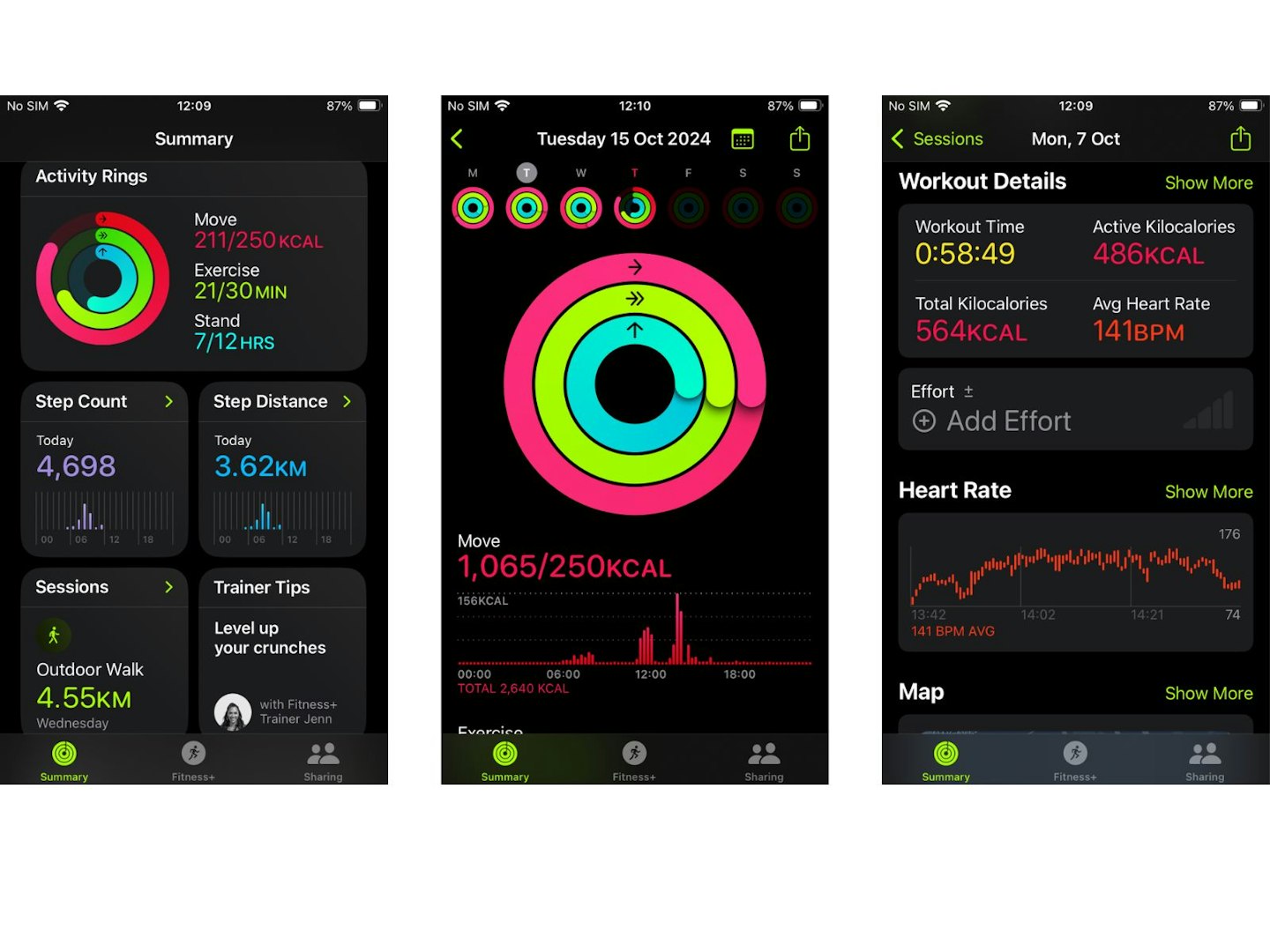
Personally, I find the separation of all these metrics into two separate apps a little jarring, and would love to have everything in one place. Having said which, there is a lot of data available, and for some people, it might make sense to separate fitness and health metrics.
That niggle aside, the apps are as polished as you'd expect – clearly presented, attractive to look at, and easy to use. Tapping on a metric gives you extra information, to help you fully understand what you're looking at.
Battery
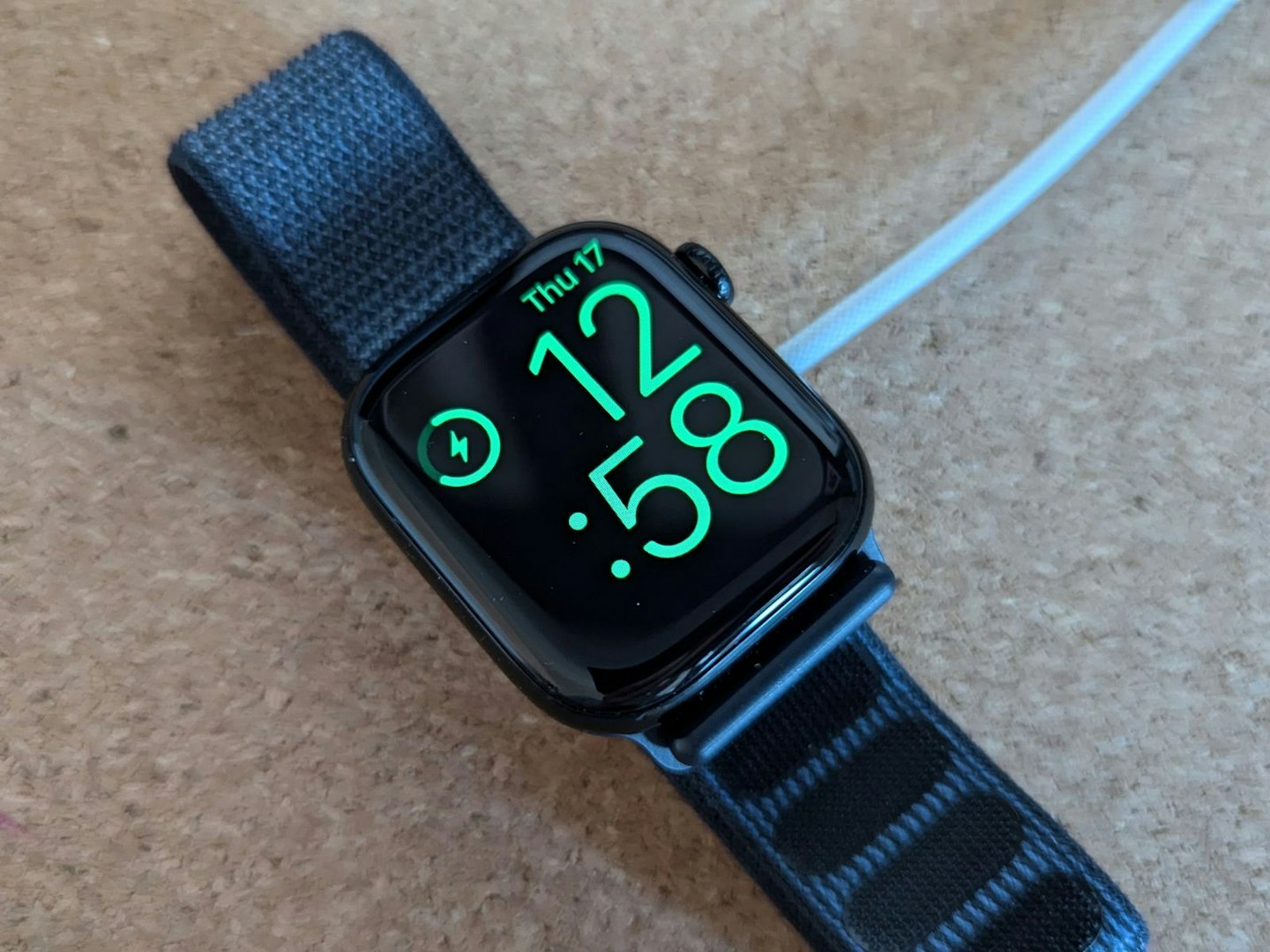
Battery life on smartwatches has long been a bugbear of mine – and the Apple Watch Series 10 still advertises "up to" 18 hours of battery life. It frustrates me that even now, devices still struggle to last beyond 24 hours in normal use.
However, I actually found that my usage of the Apple Watch meant I could last up to about 36 hours between charges, which was a pleasant surprise. Of course, a lot depends on how you use it, and people who use it more heavily than me will likely have to charge it daily.
Happily, the Series 10 also comes with faster charging, so a quick 15-minute charge will give you about another eight hours, while 30-minutes should give you about 80 per cent battery. I'd still prefer a battery that can last longer, but at least quicker charging makes this less of an issue.
Any downsides?
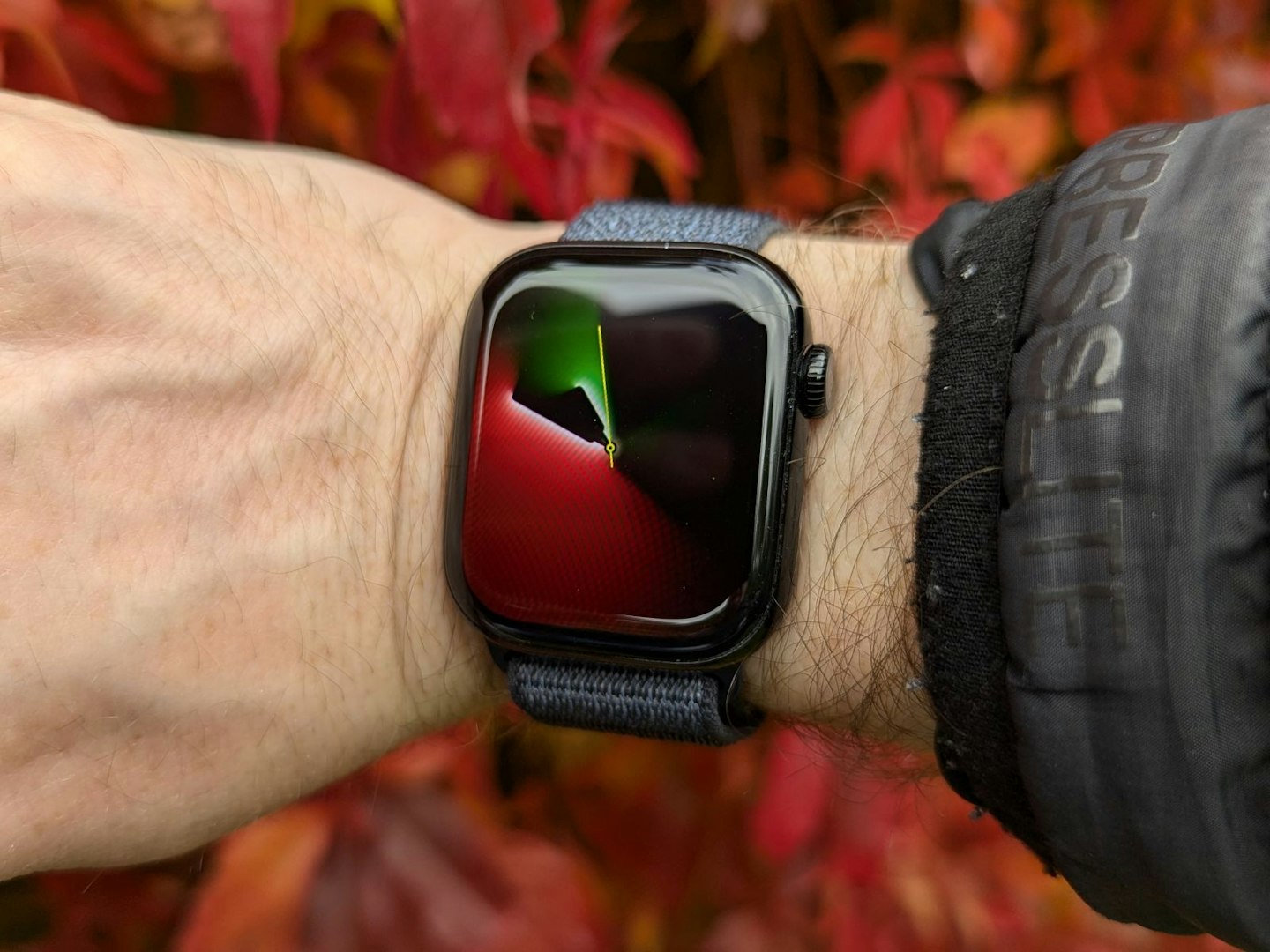
It's hard to find fault with an all-round excellent product. A decade on from the first Apple Watch, the brand really knows what it wants to deliver and doesn't tend to get much wrong in how it executes that vision.
The complaints I have feel almost petty. Battery life still falls a long way short of devices from Garmin, Polar and Coros. But then again, this is a fully-fledged smartwatch in a way that watches from those brands are not. But, it would still be nice to confidently go longer between charges. Could the 10 percent thickness that was shaved off the watch been sacrificed for a longer-lasting battery? Would that have been more valuable?
Price and competition
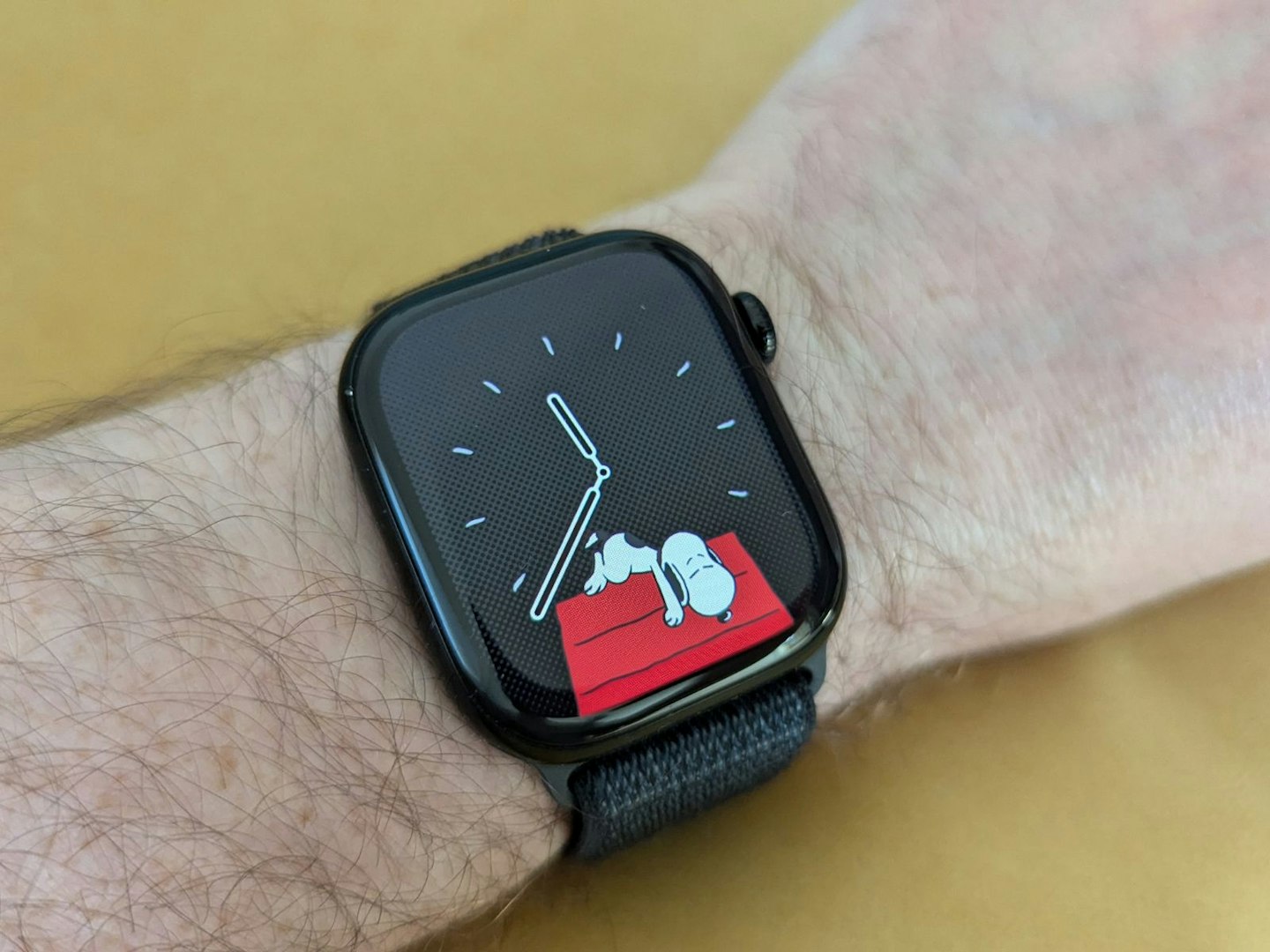
Starting from £399, the Apple watch Series 10 is a premium product. But it's also the best smartwatch for iPhone users currently on the market. Rival devices, such as a Google Pixel Watch, or Samsung Galaxy Watch, aren't compatible with iPhone. Which means that most of the smartwatch competition is from Apple itself, in the form of the ultra-premium Apple Watch Ultra 2 (RRP from £799) or the Apple Watch SE (RRP from £219).
Alternatively, you're looking at devices that aren't necessarily "true" smartwatches, such as the Garmin Venu 3 (RRP from £499.99), which is more of a sports watch, with a few smart elements. This is potentially ideal for those who value battery life and health and fitness tracking over an all-round smartwatch experience.
Who is it for?
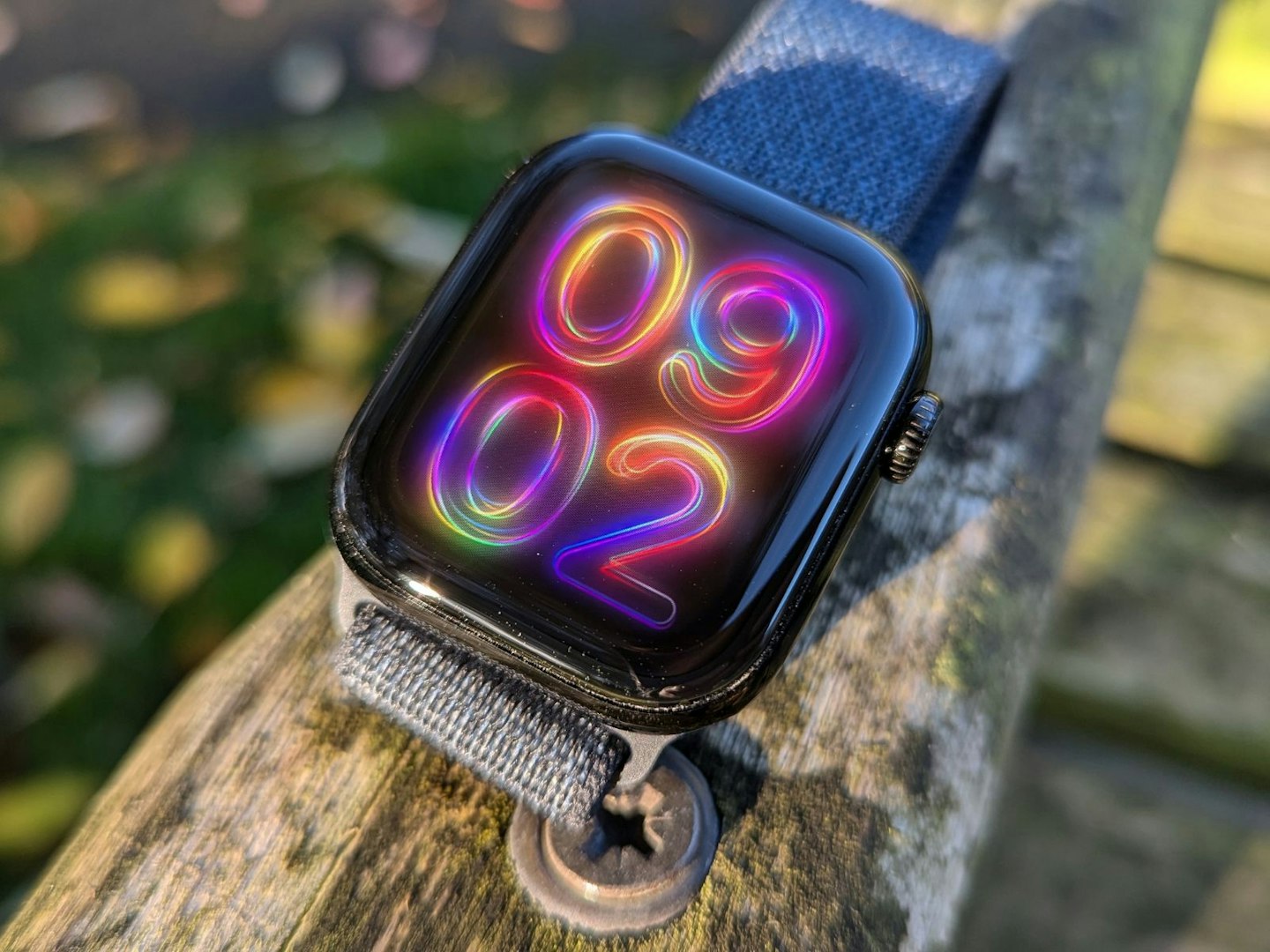
There's the usual reminder that Apple Watches don't work with Android phones. This really shouldn't be a surprise to anyone by now, but even so, it's worth remembering that the Apple Watch is only suitable for iPhone users.
For anyone who owns a compatible Apple phone, then this is likely the perfect smartwatch for you. It simply does everything you need a smartwatch to do, has loads of useful health and fitness tracking features, and the integration into the Apple ecosystem is seamless. If you're always on the go, and value being connected to apps and messages on your wrist, rather than having to get your phone out all the time, it's a great device.
Similarly, if you enjoy Apple Fitness Plus, and appreciate the combination of an Apple Watch displaying all your metrics on screen as you work out, this watch will do that for you.
Would we recommend it?
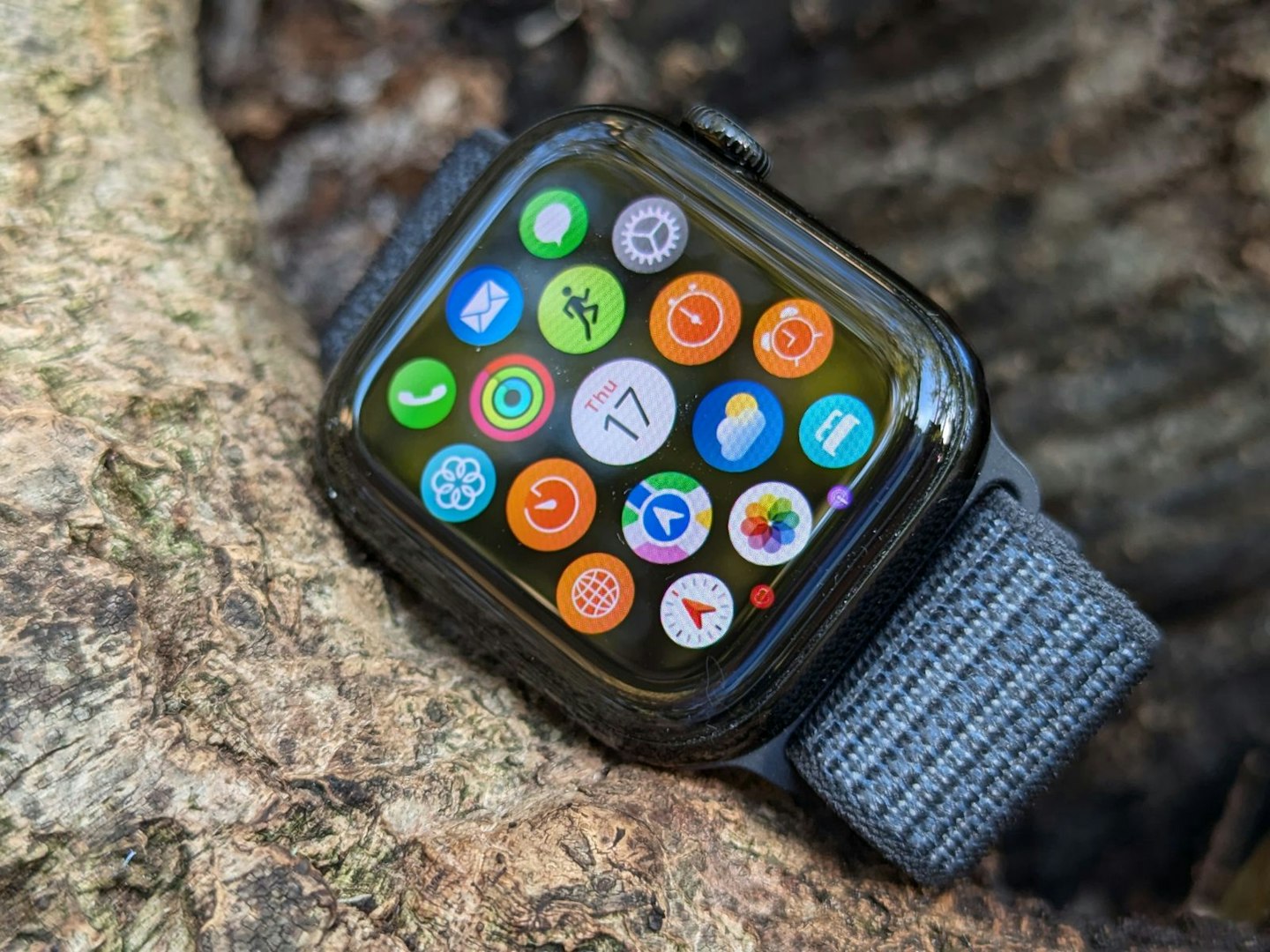
Look, it’s an Apple Watch. If you’re even considering buying one, then you almost certainly already have an iPhone. So, I’m going to assume you like your iPhone, and will therefore love this as well.
The Apple Watch Series 10 isn’t a game changer – we all know what to expect by now. These days, incremental upgrades from Apple are the rule, rather than the exception.
With the Series 10 however, there’s enough in this watch that’s new and genuinely useful, that make it well worth considering. Sleep apnoea detection could be lifesaving, and the refreshed design makes a surprising difference to the size and comfort of the watch. And of course, you still get the exemplary level of polish that we’ve all come to expect from any Apple product.
The only exception to this is if you already own a recent version of the Apple Watch, such as the Series 9. In this situation, it’s more questionable whether there’s enough that’s new to really make this worth the upgrade. But, for most people, the Apple Watch Series 10 is still the best Apple Watch – and the best smartwatch in general – for iPhone users to get.
More items to consider
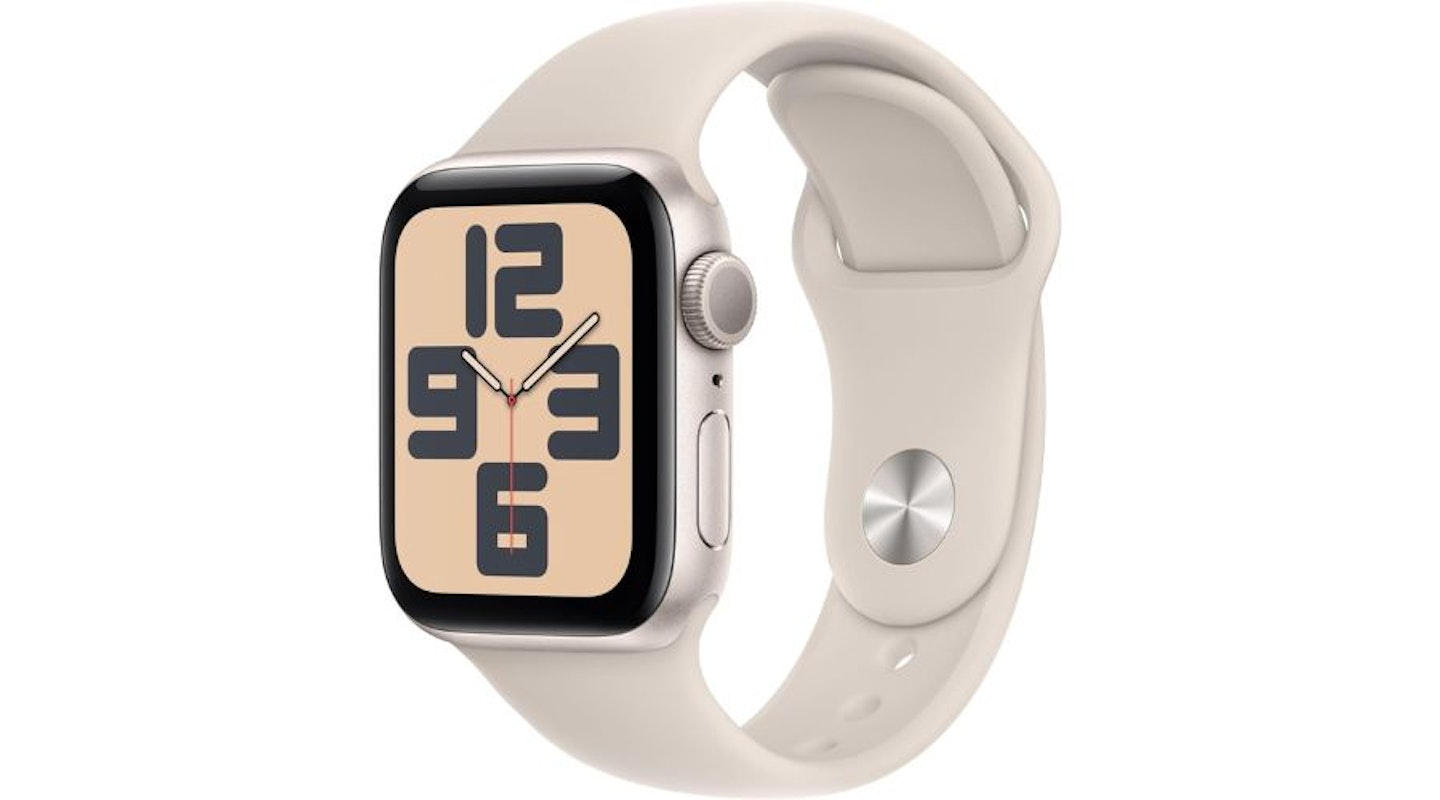 Apple
AppleThe cheaper sibling to the Apple Watch Series 10, the SE is a great choice if you don't want to spend as much, but still want the pleasure of owning an Apple Watch. You'll just have to be willing to miss out on the latest features.
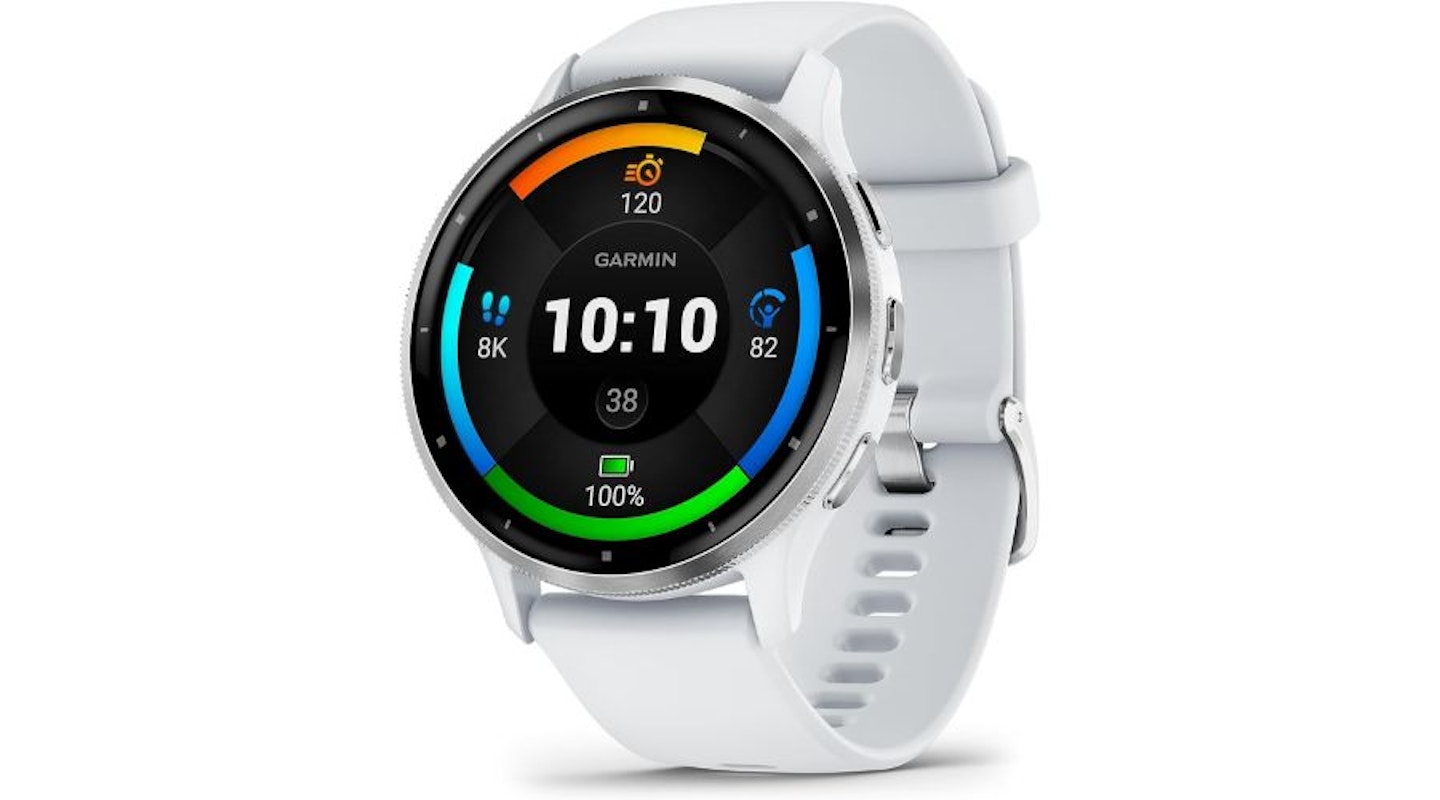 Garmin
GarminGarmin's best all-round device, the Venu 3 is a superb health and fitness tracking watch, with a few smart features thrown in for good measure. If sports metrics are your priority, this is a great alternative at a similar price.
For those whose focus is on fitness tracking, who don't need lots of smart features, and want to keep things affordable, the Charge 6 is an excellent option, with Google's most accurate heart-rate sensor included. Read our full review for more.
Who tested it?
Steven Shaw tested the Apple Watch Series 10 for What's The Best. Steven has nearly a decade of experience working with smartwatches and fitness trackers and has written about them extensively over the years.
Steven is also passionate about a healthy lifestyle and loves nothing more than putting a smartwatch through its paces during a HIIT workout, some strength training, or even some yoga.
How the product was tested
I wore the Apple Watch Series 10 as my main device for a few weeks, using it to track sleep, general day-to-day activity, and a range of exercise types. This included yoga, walking, strength training, and higher intensity cardio workouts.
I wore the Coros Vertix 2S alongside the Apple Watch, so that I could compare data, and get a better sense of the accuracy and consistency of the data being recorded by the watch.
I regularly made use of the Health app and the Fitness app on iPhone, to see how well the data from the watch was presented, how easy the apps were to understand, and how well the data synchronised between the two devices.
Why should you trust us?
At What's The Best, our mission is to provide accurate and reliable reviews, ensuring our readers receive honest and transparent information about the best technology products available. Anything less would undermine our commitment to being a trusted source of unbiased product information.
Our dedicated in-house writing team comprises experts with extensive experience and a genuine passion for technology. Collectively, we have spent decades testing and writing about tech, leveraging our expertise in all our articles, advice pieces and reviews.
We maintain complete editorial independence and do not accept payment for product reviews. Our writers have full control over their content, ensuring that products are selected based solely on the needs of our readers. While we may earn commissions or other compensation from links on our website, this never affects our product choices. These links enable us to continue offering valuable consumer advice, without compromising the integrity of our reviews.
How we test products at What's The Best
At What's The Best, we ditch the gimmicks and deliver sweat-tested reviews for real fitness enthusiasts. Our team of experienced athletes puts the latest wearables and equipment through their paces in real-world workouts, from running trails to home gyms. We don't just read specs – we use products as they are intended and push our PRs so you know what truly performs.
The result? Unbiased buying advice that gets you moving. We only review the most significant and relevant fitness tech and equipment on the market, saving you time and frustration. Can't find a review for your specific fitness goal? We're constantly adding new products to our ever-growing library, so stay tuned.
Ready to level up your workout with trusted advice? Visit our dedicated page on fitness tech and equipment reviews.
Steven Shaw is a Senior Tech Writer and Reviewer for What's the Best. Steven writes how-to guides, explainers, reviews and best-of listicles covering a wide range of topics. He has several years of experience writing about fitness tech, mobile phones, and gaming.
When Steven isn't writing, he's probably testing a new smartwatch or fitness tracker, putting it through its paces with a variety of strength training, HIIT, or yoga. He also loves putting on a podcast and going for a long walk.
Subscribe to the What's The Best Newsletterto keep up to date with more of the latest reviews and recommendations from the What's The Best team.


